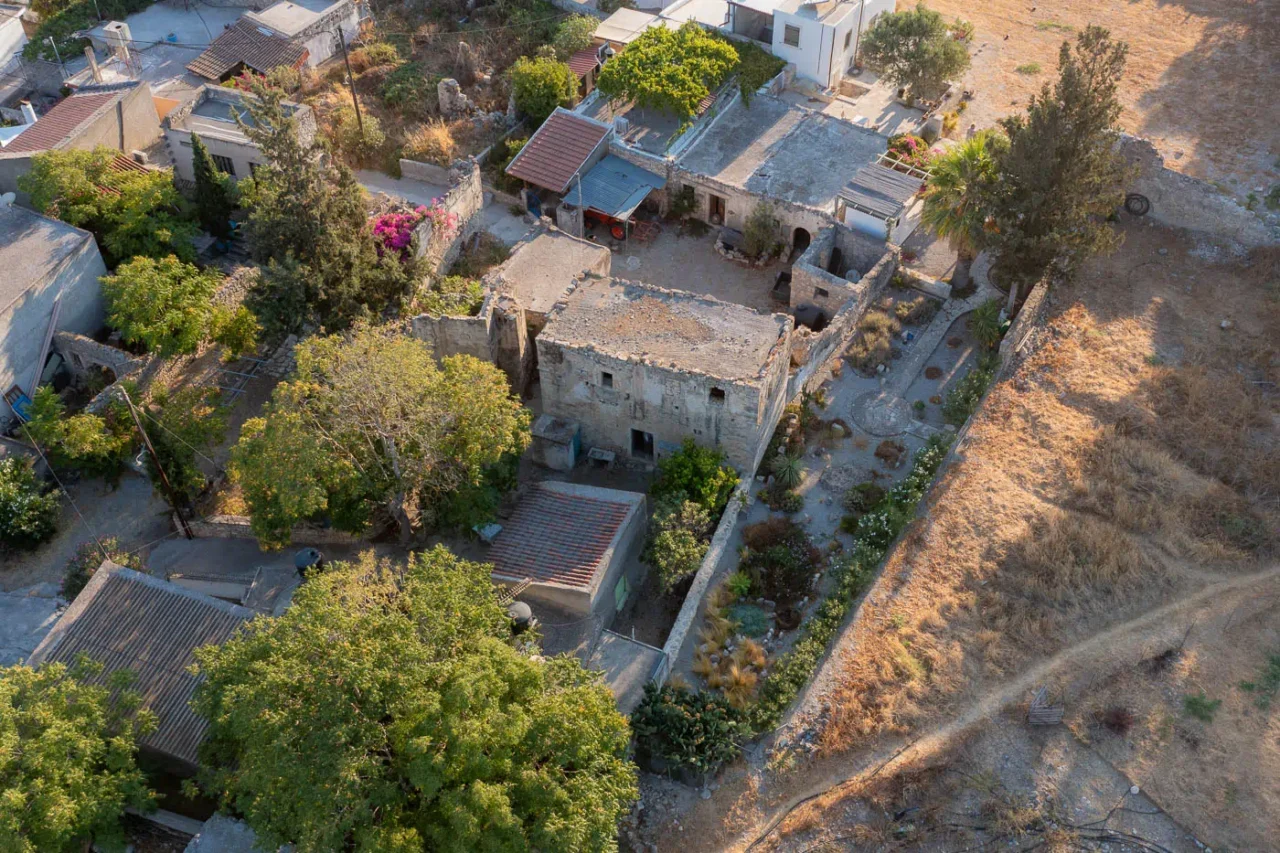
The Agriolidis Tower, located in the village of Agios Ioannis near Kamilari in Crete, stands as a stark reminder of the tumultuous period of Ottoman rule and the Cretan struggle for independence. The tower, built in the 17th century, was the residence of Ibrahim Agas Agriolidis, a notorious Ottoman janissary commander who exerted significant control over the region.
The Notorious Agriolidis: A Figure of Oppression
Agriolidis was a figure of fear and oppression among the local population. His reputation for brutality and his role in enforcing Ottoman authority made him a target for Cretan rebels seeking to overthrow Ottoman rule. The tower, with its strategic location and fortified structure, served as a symbol of Agriolidis’ power and the broader Ottoman dominance over the island.
The Tower as a Site of Conflict and Intrigue
The tower was not only a residence but also a site of conflict and intrigue. In 1811, Dimitrios Varouchas, a physician and scholar known as Logios, attempted to assassinate Agriolidis within the tower. However, the plot was foiled, and Logios was mortally wounded, ultimately succumbing to his injuries. This event further fueled the animosity between the Cretan rebels and the Ottoman authorities, intensifying the struggle for independence.
The Fall of Agriolidis and the Aftermath
Years later, in 1828, Agriolidis met his demise in an ambush orchestrated by Cretan rebels near the village of Kapariana. His death was seen as a major victory for the independence movement and a symbolic blow to Ottoman power. However, the aftermath of his death was marked by a brutal massacre of Christians in Heraklion, a tragic event known as the “massacre of Agriolidis.”
The Tower’s Legacy: A Testament to Resilience and Resistance
The Agriolidis Tower remains a significant historical landmark in Crete, a testament to the island’s turbulent past and the enduring spirit of resistance against oppression. The tower’s imposing structure and its association with the notorious Agriolidis serve as a reminder of the challenges faced by the Cretan people during Ottoman rule and their unwavering determination to achieve freedom and self-determination.
The Tower Today: A Glimpse into the Past
Today, the Agriolidis Tower stands in a state of partial ruin, a silent witness to the events that unfolded within its walls and the broader historical context of Crete. The tower’s weathered facade and crumbling interior offer a glimpse into the past, inviting visitors to reflect on the struggles and sacrifices of those who fought for Cretan independence.
Additional Information
- Construction Period: 17th century
- Location: Agios Ioannis, near Kamilari, Crete
- Dimensions: Not available
- Historical Significance: Residence of Agriolidis, site of conflict and intrigue, symbol of Ottoman rule and Cretan resistance
- Current Status: Partially ruined, historical landmark













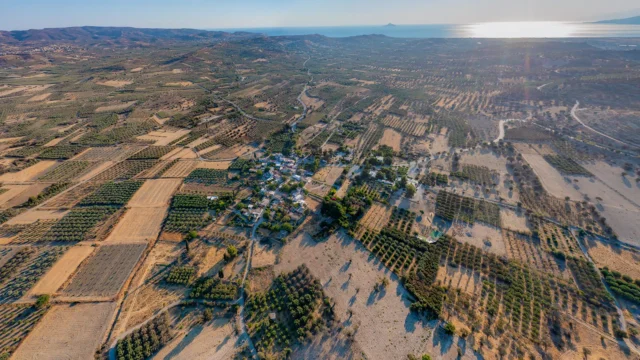
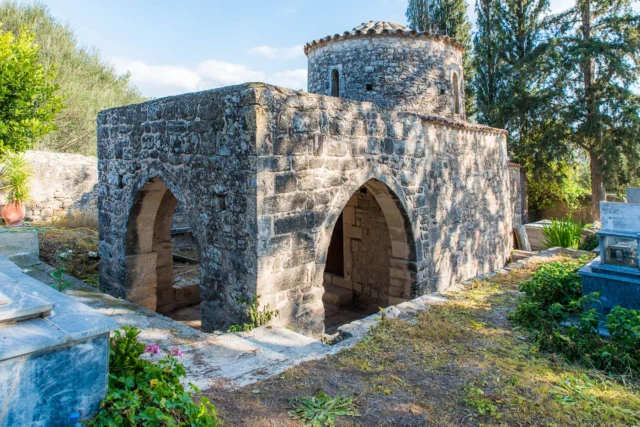

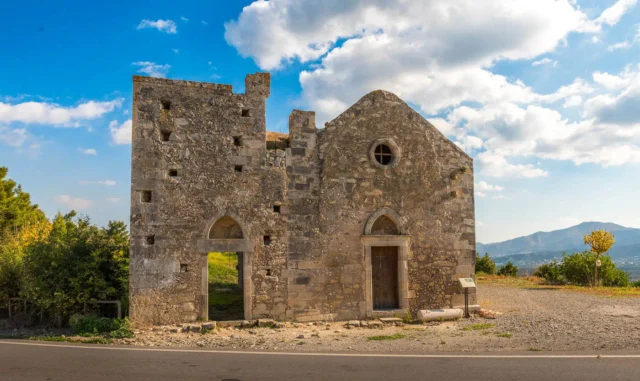
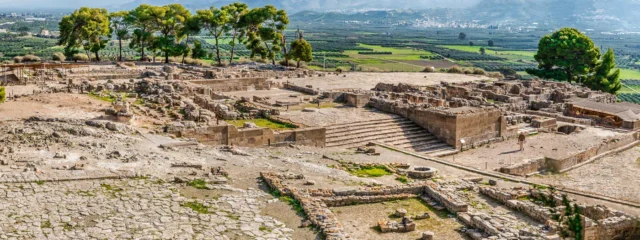

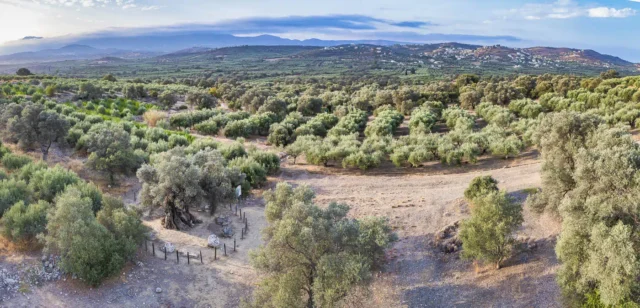
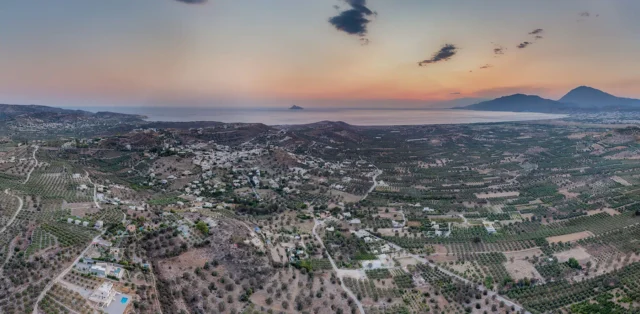

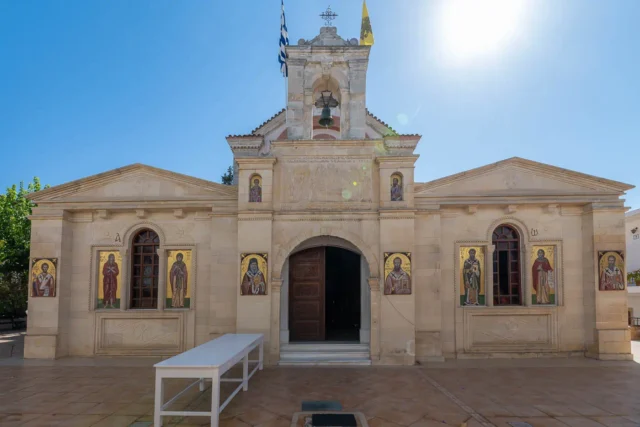

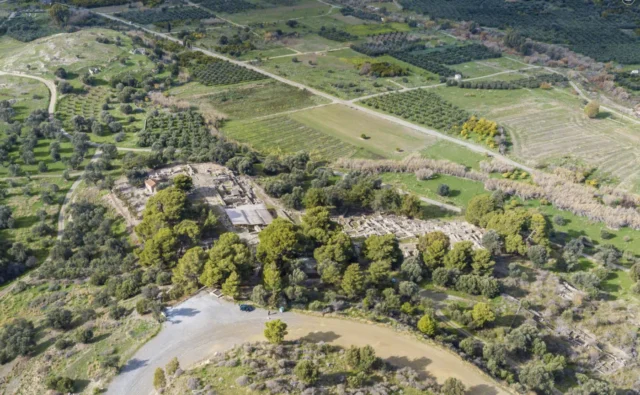
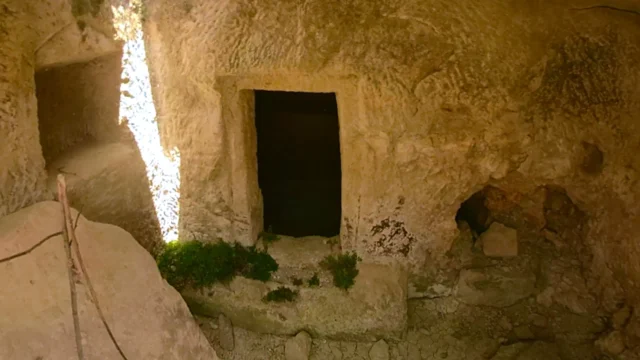
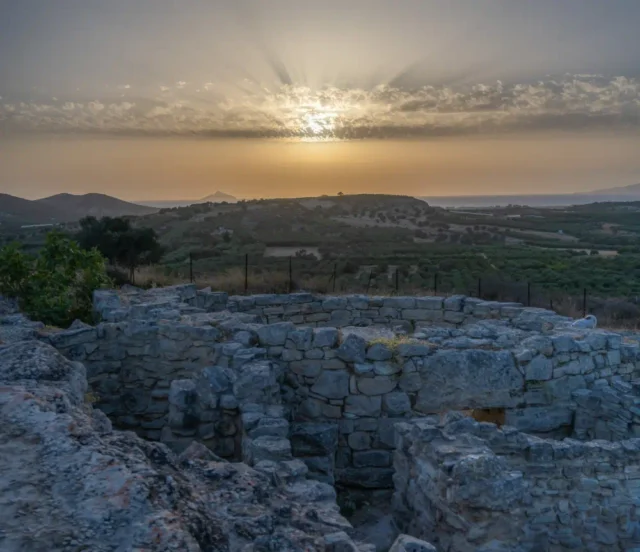
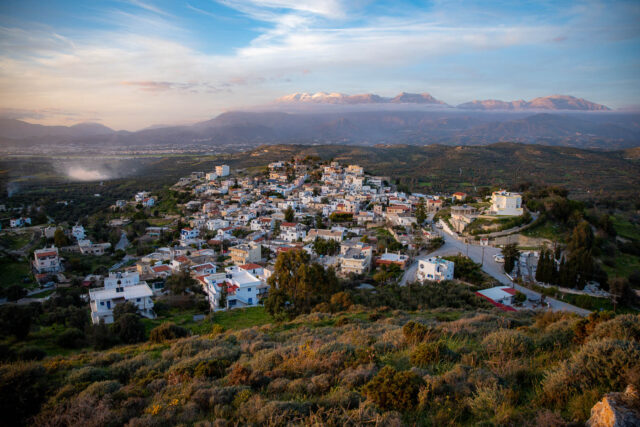
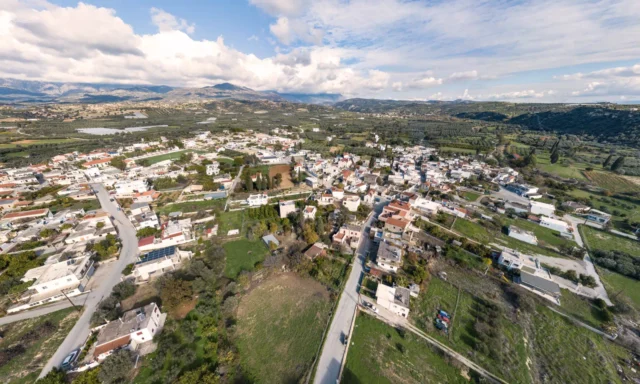




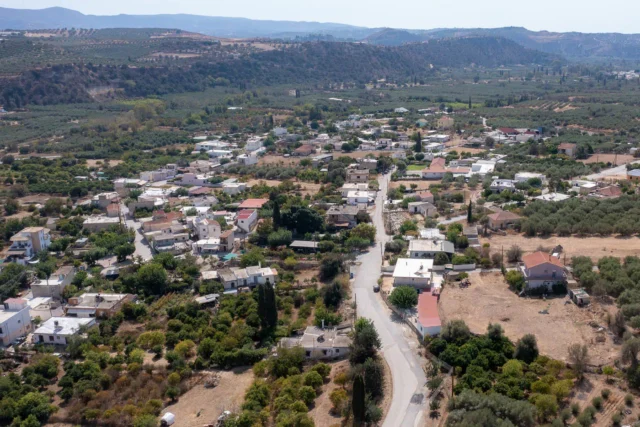
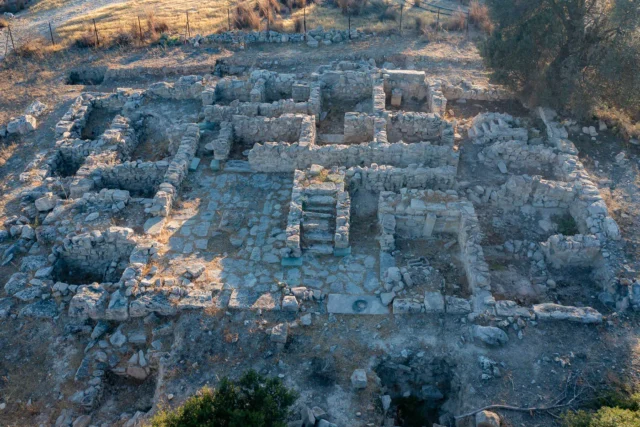
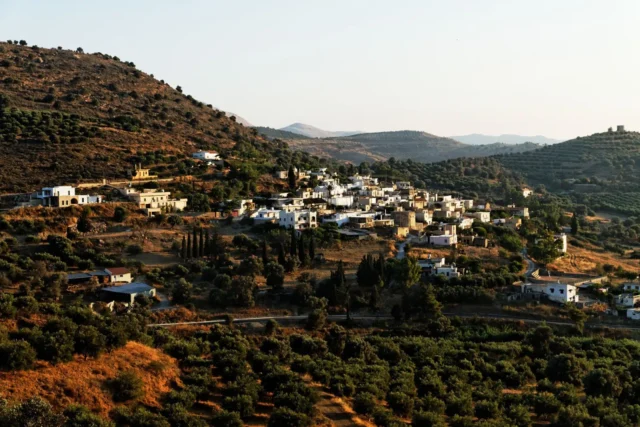
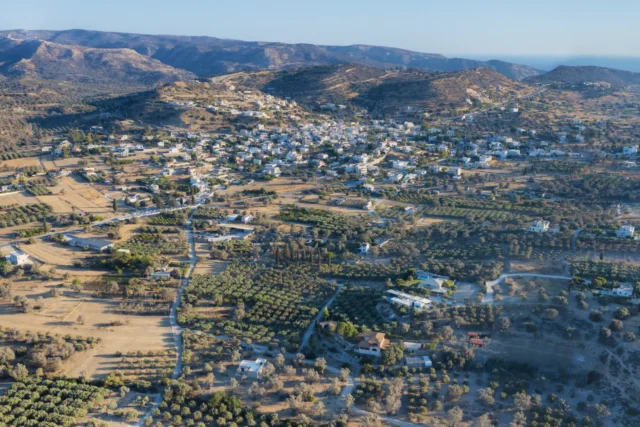

There are no comments yet.